My thesis investigates the relationship between Singapore and air-conditioning. In the context of high carbon emissions, over reliance on air-conditioning is unsustainable. In the 1980s, John Portman designed 4 hotels in Singapore with extravagant atrium filled with cooled air, with keys surrounding this atrium. This is also the case in Regent Hotel, which I have chosen to interrogate and alter in consideration of several new contexts.
1. The requirement of low-carbon buildings
2. Dealing with the Covid-19 pandemic
3. Integration with tropical climate and its nature.
In conclusion, rethinking the atrium becomes a new possibility for architecture in Singapore.

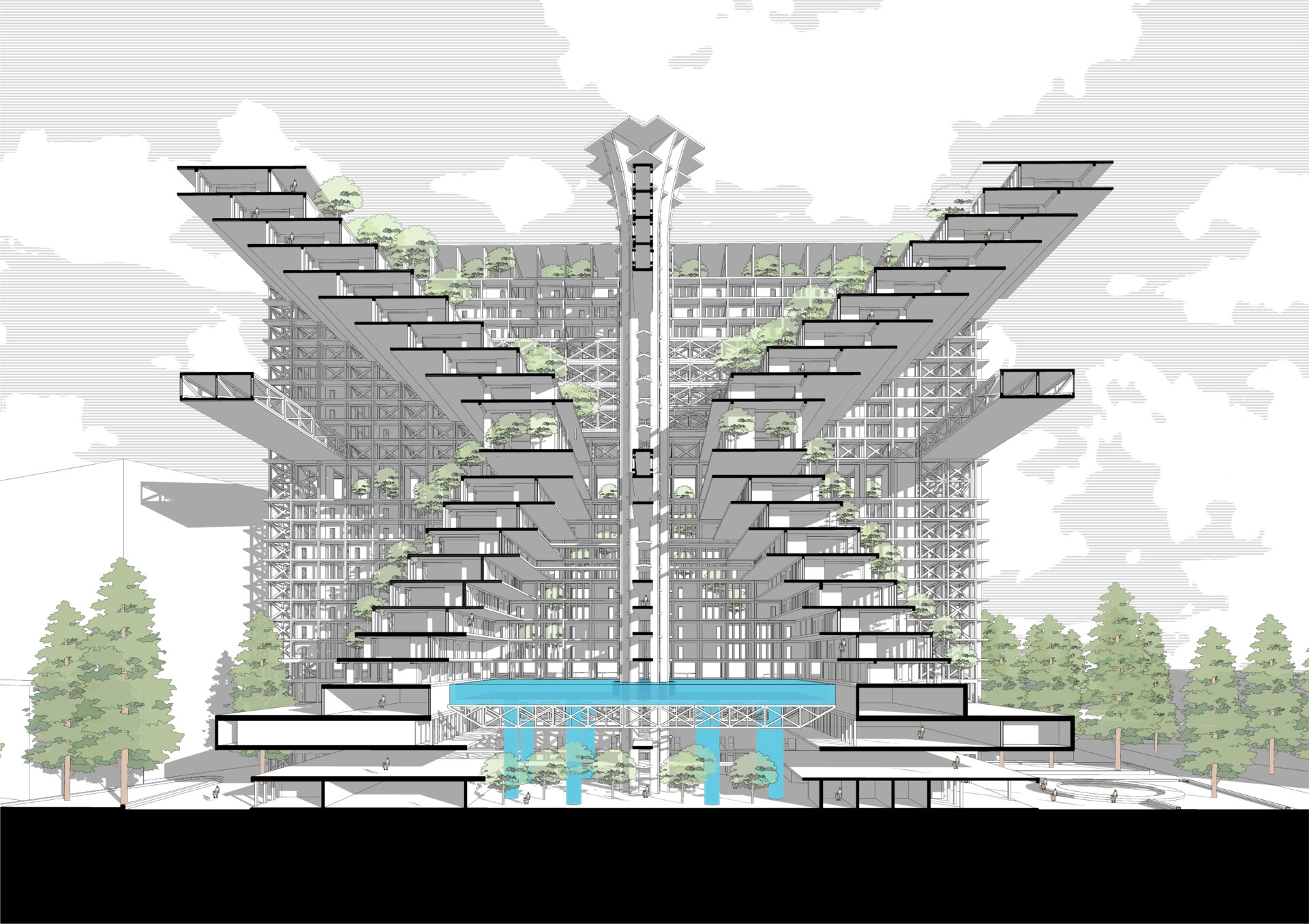
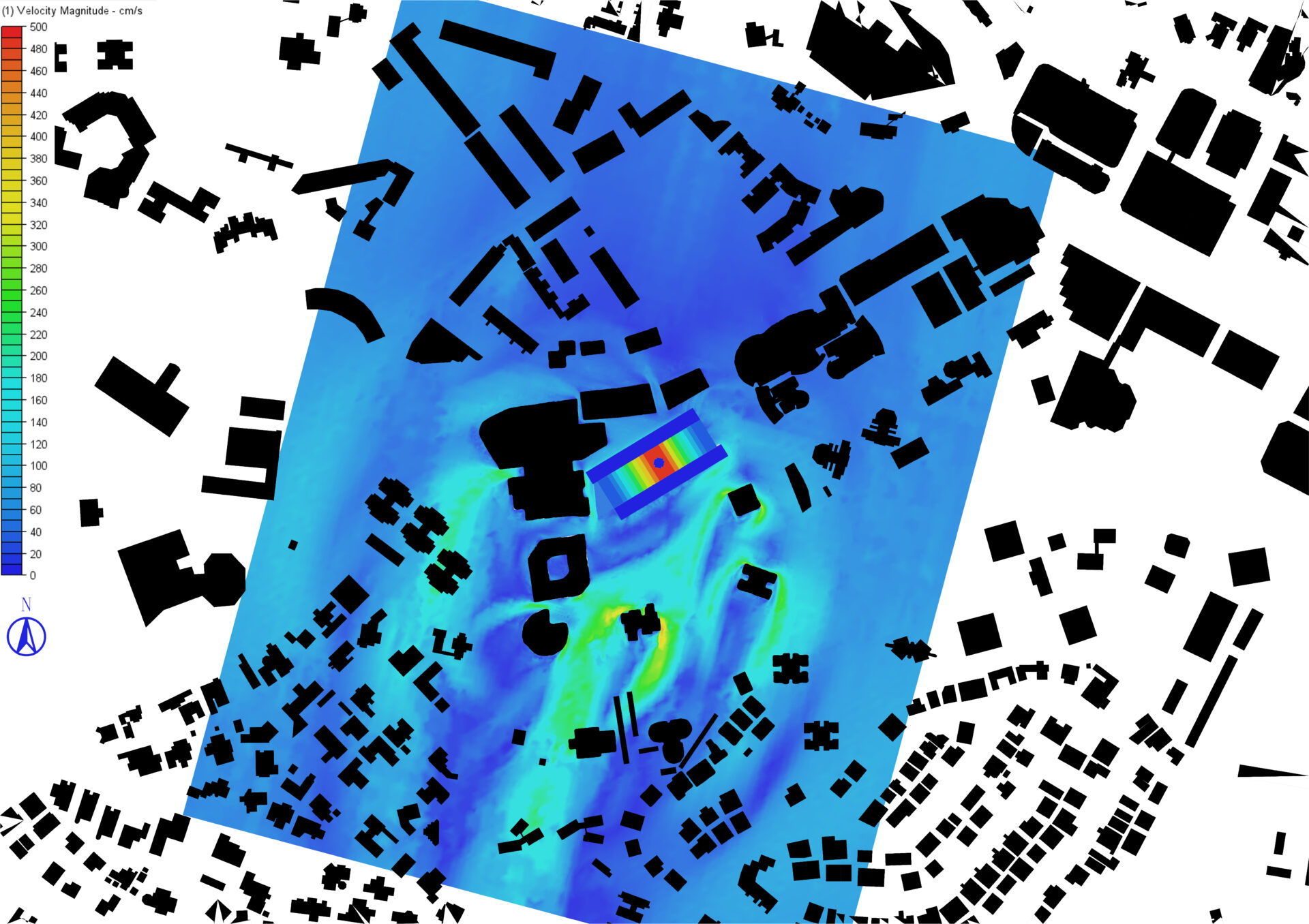
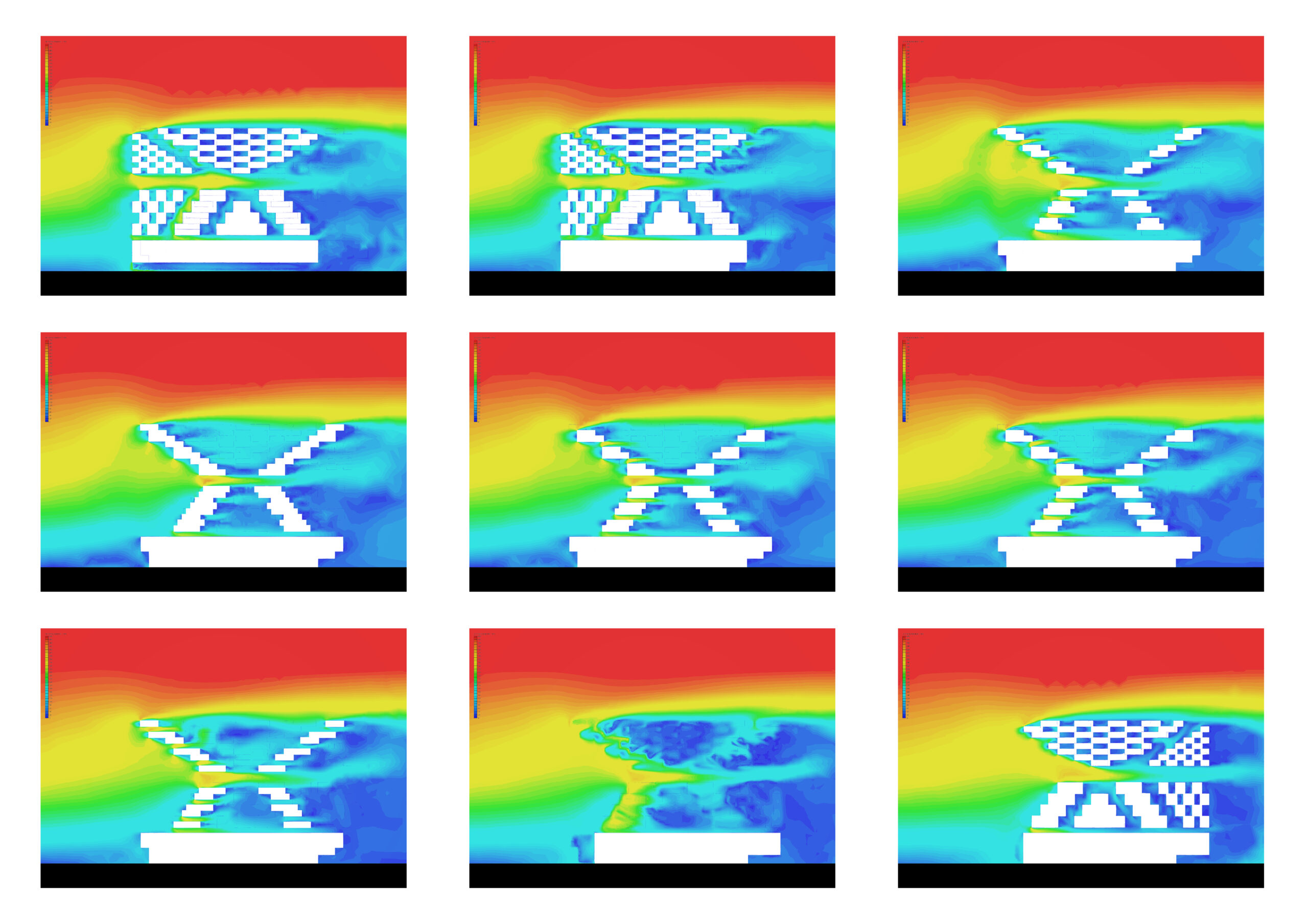
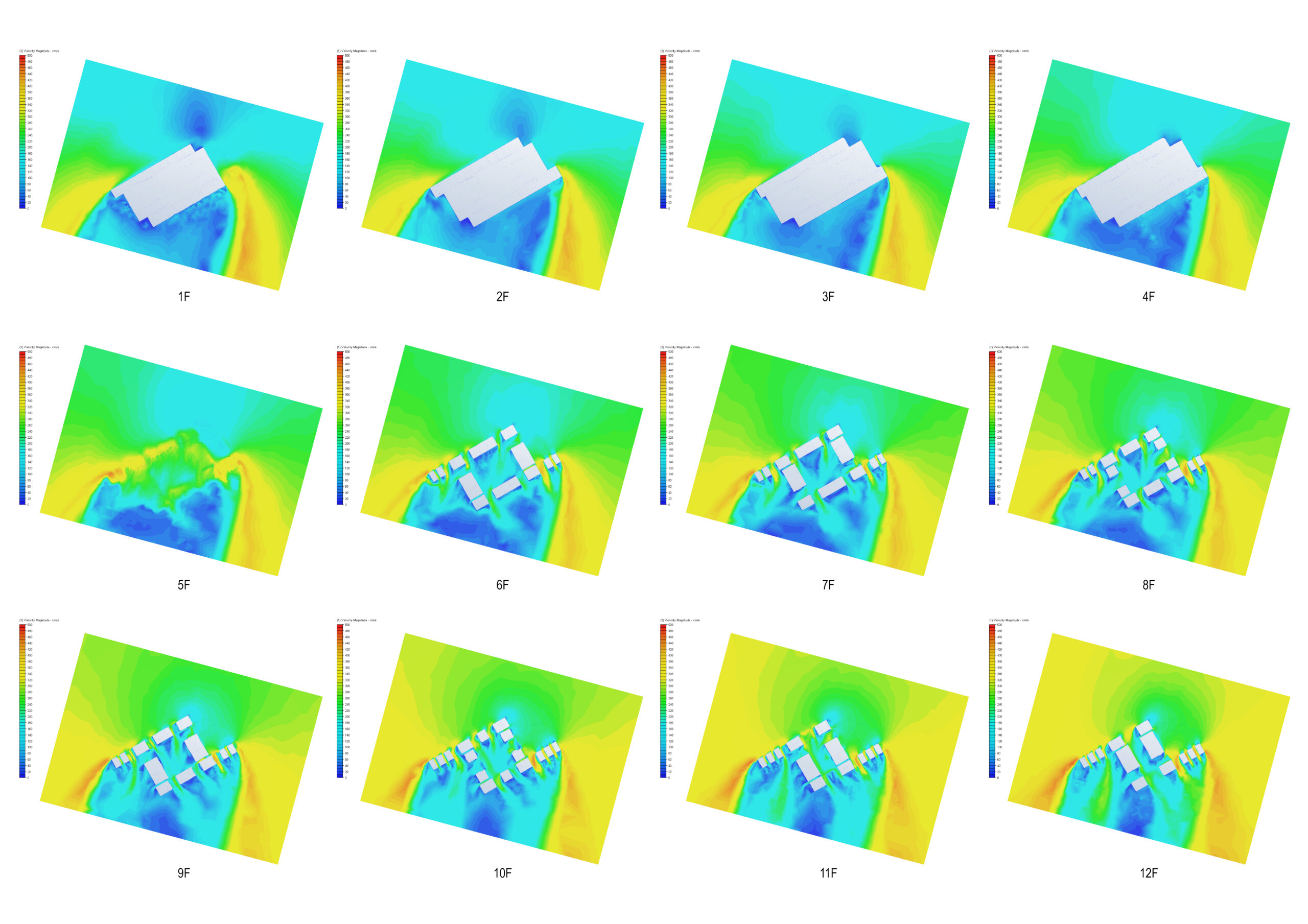
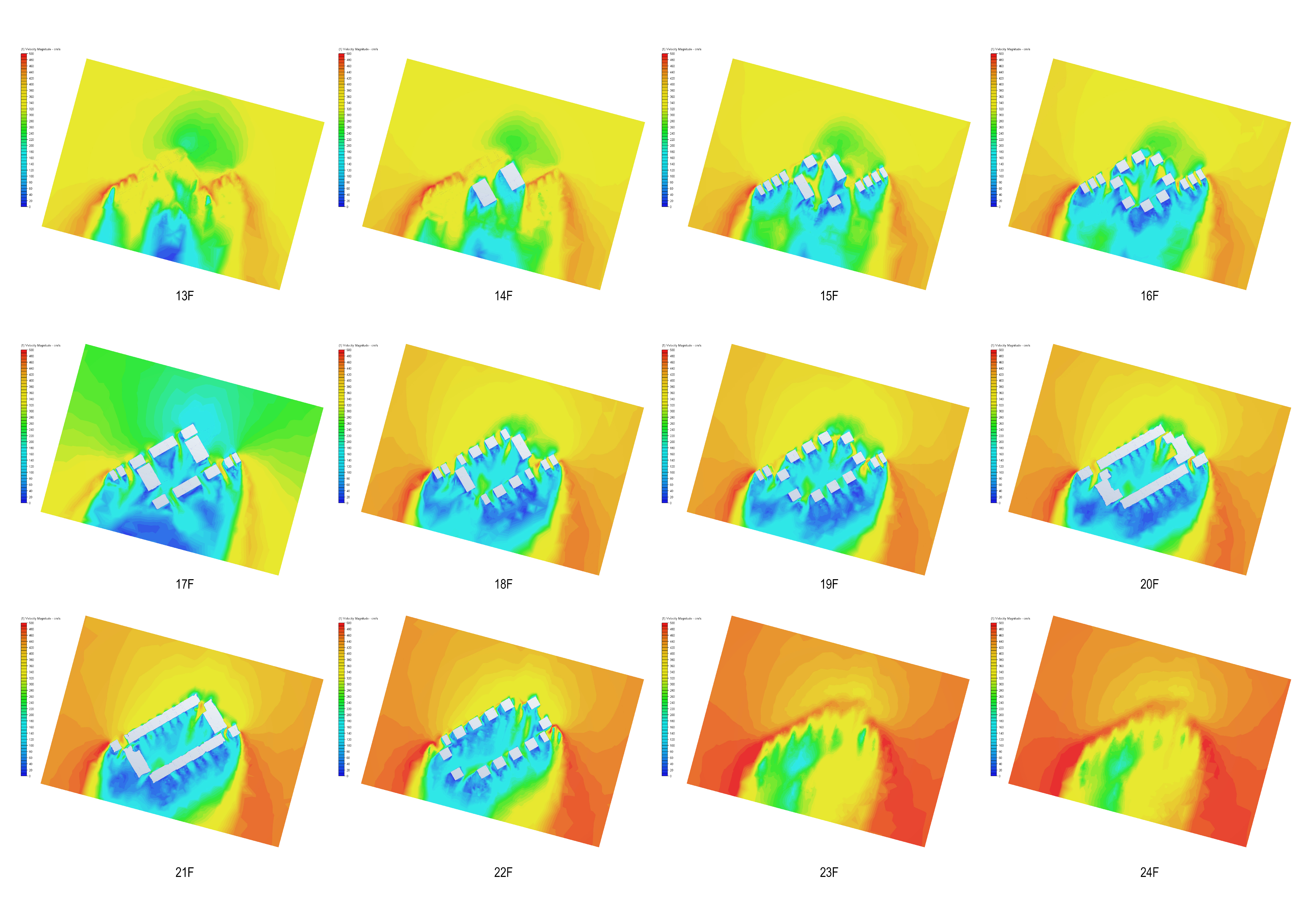
Supervisor's comments:
John C. Portman Jr. was an American architect and real estate developer who had impacted the hotel culture in Singapore. His four urban hotels within the city-state, import a globalized hospitality aesthetic, leveraging a luxurious appointed modernism with the large scaled air-conditioned atria, inverting the hotels; focus towards the city to a sealed comfort producing interior. This constructed interior world aligns with Singapore’s pivot to American financial influence in the 1980’s and 1990’s and serves as the techno-cultural-typological starting point of the thesis. The thesis proposes a reconfigured hotel, embedding 21st century climate concerns on air quality, energy use, and density to perforate metaphorically and symbolically the sealed interior. A multitude of atria, both interior and exterior, sealed and leaky, incorporate air conditioning and natural ventilation as a symbolic and spatial transformation of the type. Thermal spatial gradients are produced across the section reconfiguring the design of hotel, the atrium, and the air within.
- Assoc. Prof. Erik G. L'Heureux